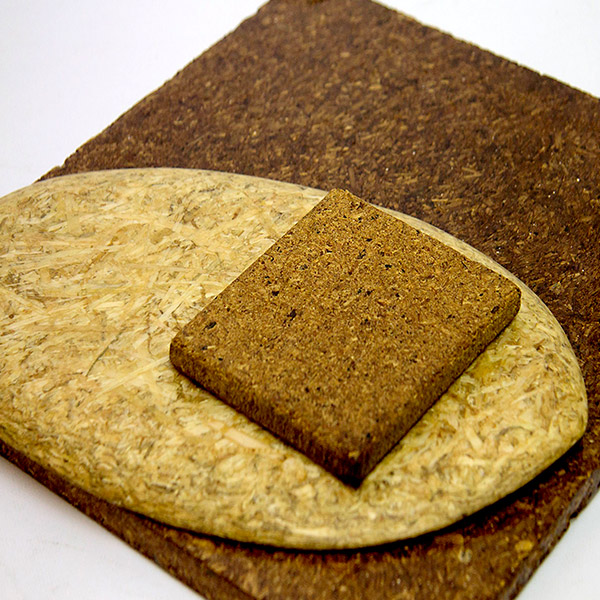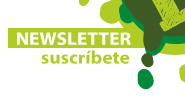 |
| Mico-board: el ecodiseño pasa por el uso de materiales más sostenibles. Tablero basado en residuos agrícolas. +info |
ECODESIGN CONCEPT
ECODESIGN, also known as ecological design or design for environment, is defined according to UNE-EN UNE-EN ISO 14006 standard “Environmental Management System. Guidelines for incorporating Ecodesign” as “the integration of environmental aspects in the design and development of a product for reducing adverse environmental impact in each of the stages of its life cycle.”. ECODESIGN, therefore is not aimed to modify the process of products/services industrial design, but to complement it introducing the environment as another issue to take into account when making decisions during product development process.
An ECODESIGN important key issue is the Life Cycle approach. It is related to consider the interactions of all product’s life stages, from raw materials extraction, manufacturing, distribution and use, until the end of life phase. This allows to have a greater knowledge of the product itself, to know where the greatest environmental impacts are, to monitor the posible transfer of environmental loads from one stage to another and to be able to choose the option that reduces the global environmental impact.
The importance of integrating the environmental aspect from the design stage is a key issue, since the 80% of environmental impact of all the product life cycle is defined during its design.
A good desing and development of products/services in the industry is essential for the business itself and for companies competitiveness. Therefore, ECODESING integration as a quality standard provides important competitive advantages for an organization.
